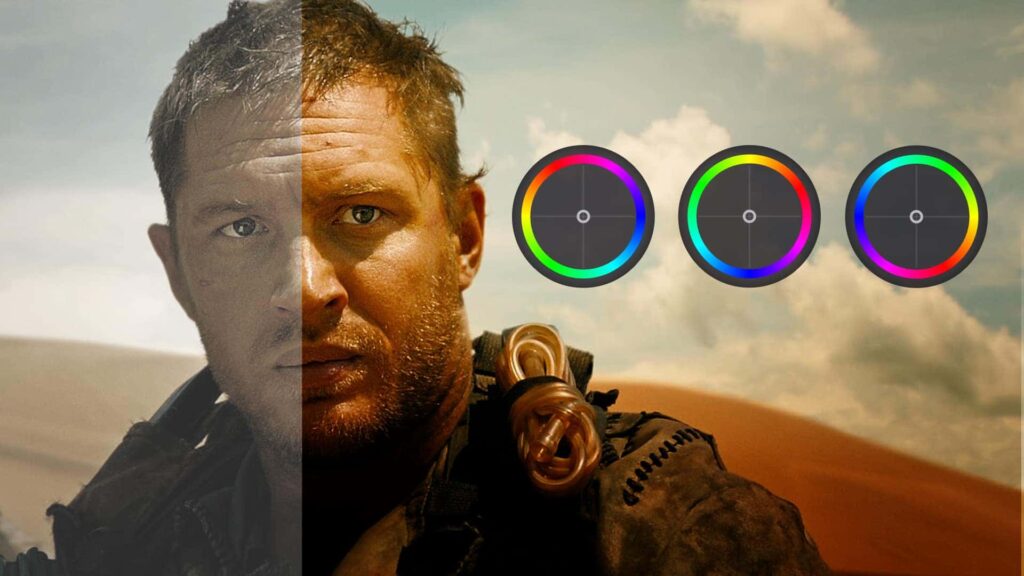Videography is not just about capturing moments; it’s about crafting an immersive visual experience. One key element that can significantly enhance your videos is color grading. Whether you’re a beginner or an experienced videographer, understanding and mastering color grading can take your work to the next level.
What is Color Grading?
Color grading is the process of adjusting the colors and tones in a video to achieve a desired look or mood. It involves tweaking brightness, contrast, saturation, and hue to create a visually appealing and cohesive aesthetic.
Importance of Color Grading
- Visual Consistency: Color grading ensures a consistent look throughout your video, even if scenes were shot in different lighting conditions.
- Emotional Impact: Colors evoke emotions. By mastering color grading, you can control the emotional tone of your video, enhancing its impact on the audience.
- Professionalism: Well-executed color grading gives your videos a professional and polished appearance, making them stand out.
Basic Color Grading Steps
1. Adjust Exposure:
Start by adjusting the exposure to ensure that your video has balanced and well-exposed shots.
2. Set White Balance:
Correct the white balance to ensure that colors appear natural and true to life.
3. Enhance Contrast:
Increase contrast to add depth and make your video visually appealing.
4. Saturation and Hue:
Fine-tune saturation and hue to achieve the desired color intensity and tone.
5. Create a Look:
Experiment with creative looks to give your video a unique style or mood.
Tools for Color Grading
- Adobe Premiere Pro: A professional-grade software that offers a range of color grading tools.
- DaVinci Resolve: Known for its advanced color grading capabilities, it’s a favorite among filmmakers.
- Final Cut Pro X: Apple’s video editing software with robust color grading features.
Tips for Success
- Practice Regularly: Color grading is a skill that improves with practice. Experiment with different looks to find your style.
- Study Color Theory: Understanding color theory will help you make informed decisions when grading your videos.
- Seek Feedback: Share your graded videos with peers and mentors to get constructive feedback.
Remember, color grading is an art, and there’s no one-size-fits-all approach. Develop your unique style and enjoy the creative journey of enhancing your videography through the power of color.
Happy grading!

